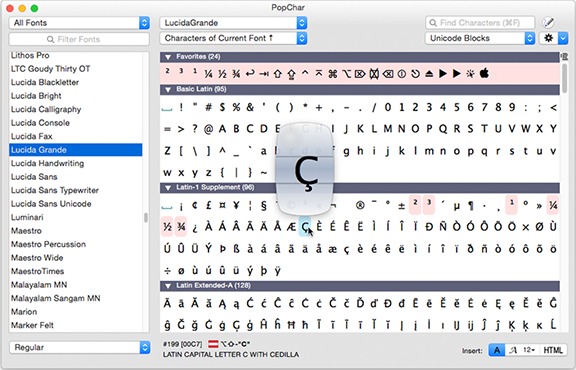
I can then either press the spacebar to insert just the mark by itself, or I can press an appropriate letter to attach the diacritical mark to. So if I hit Option-n within a document, this happens: With those shortcuts, you'll be given the choice of typing just that symbol or that symbol as a diacritical mark above a letter. Anyhow, this could be very useful, as a lot of the most commonly used characters are available as shortcuts.Īdditionally, you may have noticed that my second keyboard screenshot above has some orange characters in it. Shift-Option-K is the Apple symbol! That gave me a little fangirl thrill. Here's what's revealed when I hold down Shift and Option together: So Option- is the ellipsis, for example, and Option-2 is the trademark symbol.

What this means is that, if I hold down Option and then press the key specified in the layout above, I'll get the symbol pictured. For example, here's what happens when I hold down Option: At first glance, it looks just like whatever your keyboard layout is.īut if you start holding down modifier keys, you'll see the symbols change. The Character Viewer is the same window that we invoked before by choosing Edit > Special Characters, but the Keyboard Viewer is pretty cool. First, you'll need to enable a special menu bar icon by going to System Preferences > Keyboard, clicking on the Keyboard tab, and then toggling on Show Keyboard & Character Viewers in menu bar.Īfter you do that, you'll have this fancy new icon in the upper-right of your screen:Ĭlick on the icon, and you'll see two main choices-not surprisingly, they're to open either the Character Viewer or the Keyboard Viewer. Luckily for us, our Macs have a built-in way to figure out what those shortcuts are, so here's how you find them. However, if you use a certain symbol all of the time, it's worthwhile to know the keyboard shortcut for it. If it’s expanded and you want it to be in pop-up view the next time you open it, click the button in the top-right corner to close the expanded view.įor more information about using the Character Viewer, click the desktop to switch to the Finder, choose Help > macOS Help (from the Help menu at the top of your screen), then search for “character viewer”.In a lot of programs around your Mac, if you need to insert a special character (like, say, the ellipsis or the trademark symbol), you can select Edit > Special Characters ( Option-Command-T, where available) to bring up the Character Viewer.ĭouble-clicking on an item from that list will insert the selected character into your document, and away you go. The Character Viewer always opens in the state it was in when it was last closed.
#Mac keyboard special characters map full#
If the full Character Viewer is open on the desktop, you may need to double-click the character. Scroll up, then click the button in the top-right corner to open the full Character Viewer.Ĭlick a character to insert it in the text. Scroll up, then type in the search field at the top (for example, type “fractions” to see available fractions, or type the Unicode name or code). Scroll to see more characters, or click the buttons at the bottom to jump to a category. To locate a character, do any of the following: You can drag it to the desktop if you want to keep it open as you work. The Character Viewer appears where you clicked. You can use the Character Viewer to add special characters and symbols to text, such as maths symbols, Latin characters and pictographs.Ĭlick in the text where you want to place the character, then choose Edit > Emoji & Symbols (or press Control-Command-Space bar).
#Mac keyboard special characters map pdf#


Set pagination and line and page breaks.Format hyphens, dashes and quotation marks.Format Chinese, Japanese or Korean text.Use a keyboard shortcut to apply a text style.Create, rename or delete a paragraph style.Bold, italic, underline and strikethrough.Select text and place the insertion point.View formatting symbols and layout guides.Intro to images, charts and other objects.


 0 kommentar(er)
0 kommentar(er)
